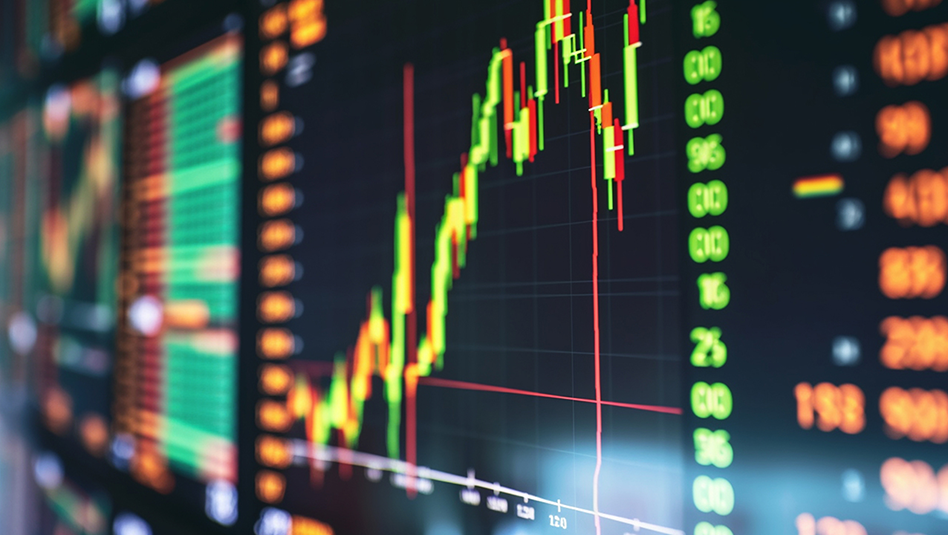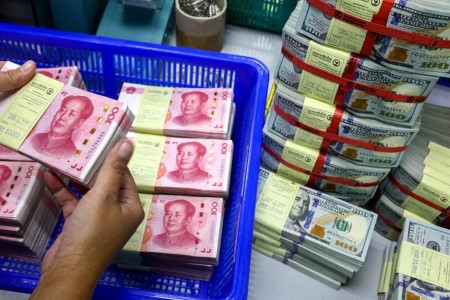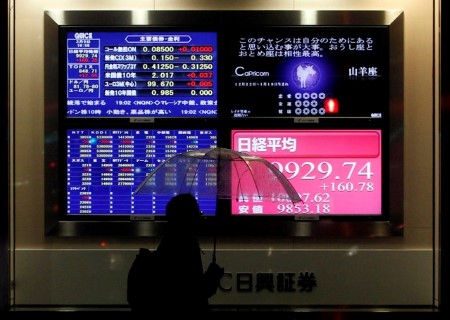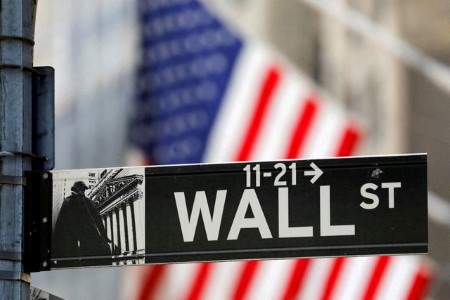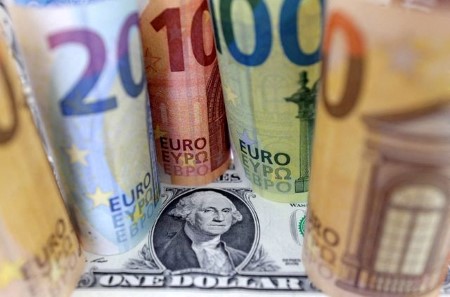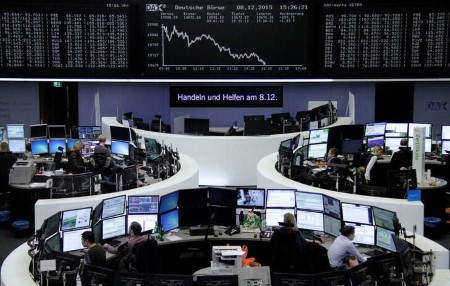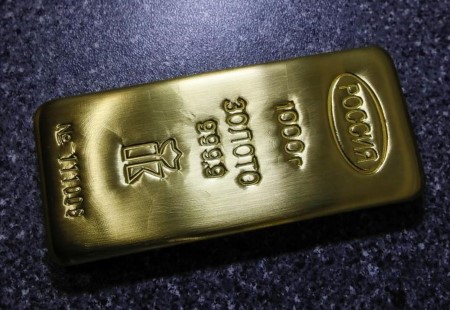SHANGHAI, March 16 (Reuters) – Turnover in China’s $18 trillion interbank bond market shrank 9% on Wednesday from the previous session, the latest official data showed, as a regulatory ban on money brokers’ data feed business slowed trading.
The full brunt of the data restrictions, which took effect on Wednesday, would be felt after market close on Thursday, because turnover of some bonds is reported on the second day of trading.
Chinese money brokers cut data feeds to vendors that provide real-time price quotes on Wednesday after a ban from regulators, sending participants in the world’s second-biggest bond market scrambling for workarounds as Beijing tightens its grip on data.
Cash bond trading in China’s interbank market totalled 1.28 trillion yuan ($185.39 billion) on Wednesday, down 9% from 1.4 trillion yuan on Tuesday, according to data from the National Interbank Funding Center.
China’s interbank market accounts for about 87% of China’s $21 trillion bond market, which also includes debt instruments traded on stock exchanges.
Chinese money brokers, which include the joint ventures of Tullett Prebon, NEX International Ltd, BGC Partners, Central Tanshi and Compagnie Financiere Tradition, were told to suspend their data feed by regulators, sources said on Wednesday.
Regulators cited data security concerns, and the fact that money brokers are not licensed to supply data to third-party vendors, the sources said.
Neither the money brokers nor their regulator, the China Banking and Insurance Regulatory Commission (CBIRC), have responded to requests for comment.
Chinese bond traders have heavily relied on financial terminals including qeubee, Wind and Dealing Matrix for real-time price quotes, so the sudden data ban sent traders scrambling to join QQ or WeChat messaging groups for price information.
The data feed ban would make trading less efficient, and could impact turnover, traders and data vendors have said.
($1 = 6.9042 Chinese yuan renminbi)
(Reporting by Li Gu and Brenda Goh; Additional reporting by Samuel Shen; Editing by Jamie Freed)
((samuel.shen@thomsonreuters.com; +86 21 20830018; Reuters Messaging: samuel.shen.thomsonreuters.com@reuters.net))







 DOWNLOAD
DOWNLOAD

